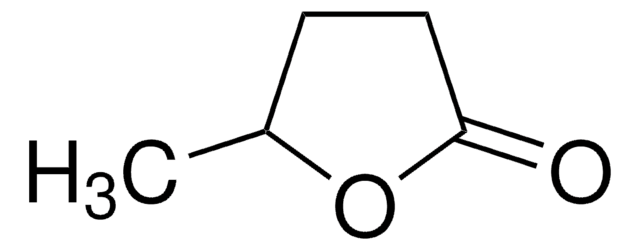466123
Ácido fosfórico
crystalline, ≥99.999% trace metals basis
Sinônimo(s):
Ácido ortofosfórico
About This Item
Produtos recomendados
densidade de vapor
3.4 (vs air)
Nível de qualidade
pressão de vapor
2.2 mmHg ( 20 °C)
5 mmHg ( 25 °C)
Ensaio
≥99.999% trace metals basis
forma
crystalline
pb
158 °C (lit.)
pf
~40 °C (lit.)
41-44 °C
densidade
1.685 g/mL at 25 °C (lit.)
1.830 g/mL at 25 °C
cadeia de caracteres SMILES
OP(O)(O)=O
InChI
1S/H3O4P/c1-5(2,3)4/h(H3,1,2,3,4)
chave InChI
NBIIXXVUZAFLBC-UHFFFAOYSA-N
Informações sobre genes
human ... SRC(6714)
Procurando produtos similares? Visita Guia de comparação de produtos
Categorias relacionadas
Descrição geral
Aplicação
Embalagem
Outras notas
Palavra indicadora
Danger
Frases de perigo
Declarações de precaução
Classificações de perigo
Acute Tox. 4 Oral - Eye Dam. 1 - Met. Corr. 1 - Skin Corr. 1B
Código de classe de armazenamento
8B - Non-combustible corrosive hazardous materials
Classe de risco de água (WGK)
WGK 1
Ponto de fulgor (°F)
Not applicable
Ponto de fulgor (°C)
Not applicable
Equipamento de proteção individual
Eyeshields, Faceshields, Gloves, type P3 (EN 143) respirator cartridges
Escolha uma das versões mais recentes:
Já possui este produto?
Encontre a documentação dos produtos que você adquiriu recentemente na biblioteca de documentos.
Os clientes também visualizaram
Conteúdo relacionado
Batteries, fuel cells, and supercapacitors rely on electrochemical energy production. Understand their operation and electron/ion transport separation.
Nossa equipe de cientistas tem experiência em todas as áreas de pesquisa, incluindo Life Sciences, ciência de materiais, síntese química, cromatografia, química analítica e muitas outras.
Entre em contato com a assistência técnica





